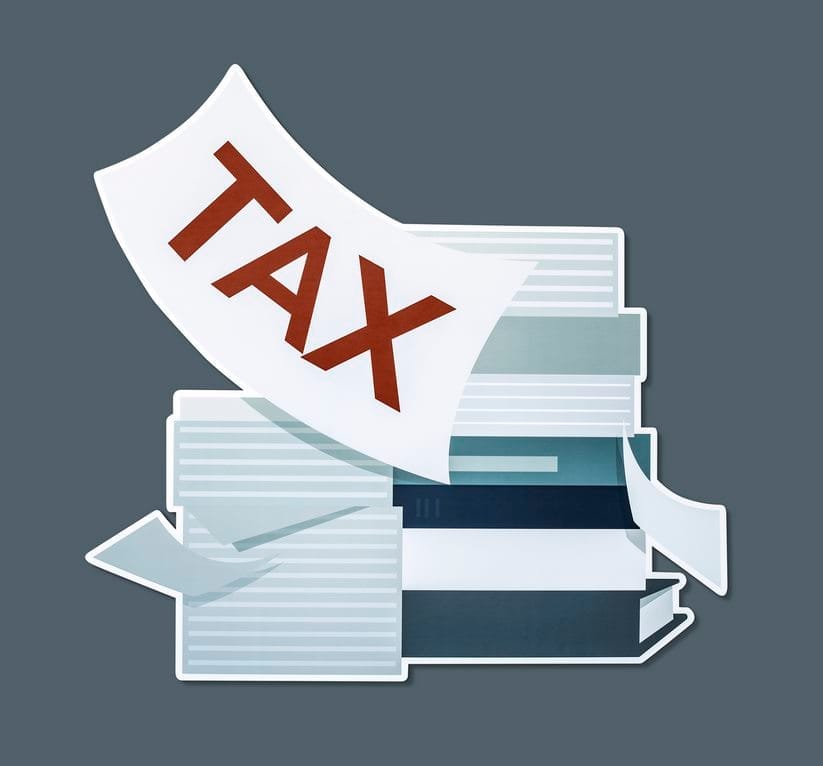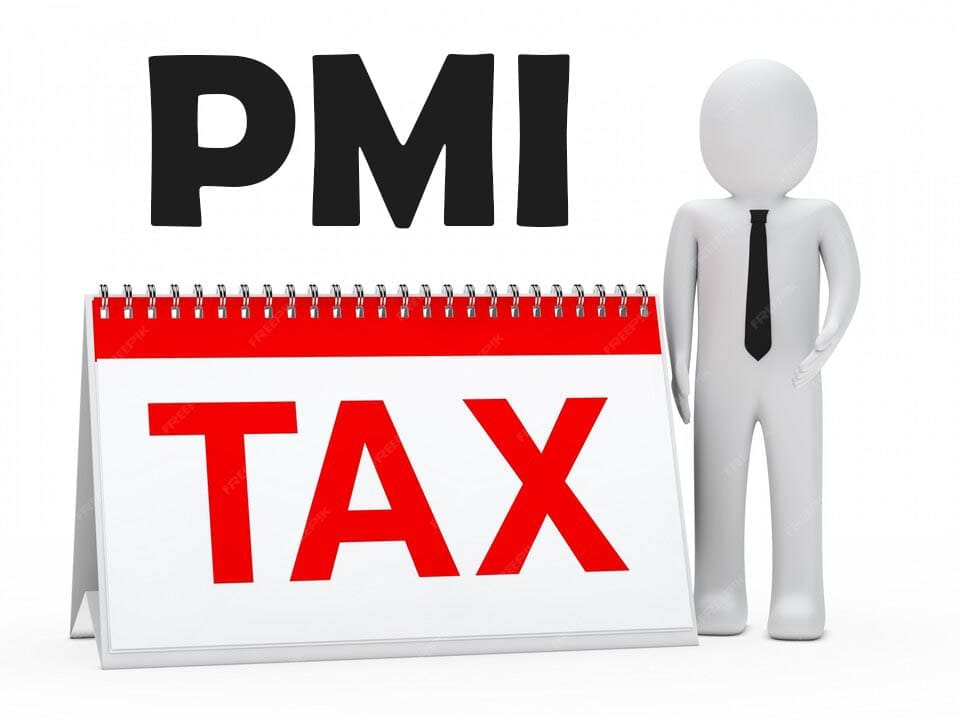Hook: Unraveling the Mystery of PMI Fees
Imagine a world where you finally understand those pesky PMI fees. Yes, we’re diving deep into the labyrinth of Private Mortgage Insurance, demystifying fees, and even exploring the tantalizing possibility of tax deductions. Buckle up, because this financial journey promises to be both enlightening and slightly entertaining.
Brief Overview of PMI and Its Importance
Private Mortgage Insurance (PMI) is the financial equivalent of a security blanket for lenders. If you’re unable to cough up a 20% down payment on your home, PMI steps in to protect the lender’s investment. It’s a small price to pay for the big dream of homeownership.

What is PMI?
Definition of PMI
PMI is a type of insurance that lenders require from homebuyers who put down less than 20% of the home’s purchase price. It’s designed to protect the lender in case the borrower defaults on the loan. Think of it as an extra layer of financial padding for your lender’s peace of mind.
Why Lenders Require PMI
Lenders aren’t philanthropists; they’re in the business of making money. PMI minimizes their risk by ensuring they get their money back if you default. It’s their safety net, and unfortunately, you’re the one who has to pay for it.
The PMI Fee Explained
How PMI Fees Are Calculated
The cost of PMI isn’t a one-size-fits-all deal. It’s typically calculated as a percentage of your loan amount, ranging from 0.3% to 1.5% annually. The exact rate depends on factors like your credit score, the size of your down payment, and the loan-to-value ratio.
Factors Affecting PMI Costs
Several elements influence how much you’ll shell out for PMI. A stellar credit score can lower your rate, while a meager down payment can hike it up. Other factors include the type of loan and the insurance provider’s pricing policies.
Types of PMI
Borrower-Paid PMI (BPMI)
BPMI is the most common type of PMI. You pay monthly premiums along with your mortgage payment until you’ve built enough equity to cancel it. It’s like a financial hitchhiker that eventually gets off the ride.
Lender-Paid PMI (LPMI)
With LPMI, the lender pays the PMI, but don’t get too excited – you’re still footing the bill through a higher interest rate. It’s a bit like those “free” T-shirts that come with a hefty shipping fee.
Single-Premium PMI
Single-premium PMI allows you to pay the entire premium upfront either in a lump sum or financed into your mortgage. This option can lower your monthly payment but requires a significant initial outlay.
Split-Premium PMI
Split-premium PMI is a hybrid approach where you pay part of the premium upfront and the rest monthly. It strikes a balance between single-premium and BPMI, easing the immediate financial burden while still reducing monthly costs.
The Impact of PMI on Your Mortgage
Monthly Payments Breakdown
PMI can add anywhere from $30 to over $100 to your monthly mortgage payment, depending on your loan amount and PMI rate. It’s an extra line item that can be a bit of a budget buster.
Long-Term Financial Impact
Over time, PMI payments can add up to thousands of dollars. While it’s a necessary evil for some, it’s important to factor in these costs when budgeting for your home purchase.
Is PMI Tax Deductible?
Historical Context of PMI Tax Deductions
Once upon a time, PMI was tax-deductible. Homeowners could deduct their PMI payments, lightening their tax load and making homeownership slightly more affordable.
Current Tax Laws and PMI
Alas, the tax landscape has shifted. As of recent tax laws, the PMI deduction is in a state of flux, subject to the whims of Congress. Always check the latest IRS guidelines or consult a tax professional.
Eligibility Criteria for PMI Tax Deduction
If PMI deductions are reinstated, eligibility typically hinges on your income level and filing status. Higher earners may find themselves out of luck, while those in lower income brackets could benefit.
How to Claim PMI as a Tax Deduction
Step-by-Step Guide to Filing
- Gather all your mortgage and PMI payment statements.
- Ensure you meet the income eligibility requirements.
- Itemize your deductions on Schedule A of your tax return.
- Enter your PMI payments in the appropriate section.
- Double-check for accuracy and file your return.
Common Mistakes to Avoid
Avoid misreporting your PMI payments or neglecting to itemize your deductions. Also, keep an eye on income thresholds that might disqualify you from claiming the deduction.
Alternatives to Paying PMI
20% Down Payment Strategy
The simplest way to avoid PMI is to make a 20% down payment. It’s easier said than done, but it saves you from the extra monthly expense and long-term financial burden.
Piggyback Loans
A piggyback loan involves taking out a second mortgage to cover part of your down payment, effectively reducing your loan-to-value ratio and dodging PMI. It’s a bit like a financial juggling act, but it can work.
PMI Cancellation Strategies
When Can You Cancel PMI?
You can typically cancel PMI once your loan-to-value ratio drops below 80%. Keep an eye on your mortgage balance and home value to know when you’re eligible.
Steps to Remove PMI from Your Loan
- Monitor your loan-to-value ratio.
- Request a home appraisal to verify your property’s value.
- Submit a PMI cancellation request to your lender.
- Continue making payments until cancellation is confirmed.
PMI in Different Mortgage Scenarios
FHA Loans and PMI
FHA loans come with their own brand of mortgage insurance, known as MIP, which can be even trickier to escape. Be aware of these differences when considering an FHA loan.
Conventional Loans and PMI
Conventional loans with less than 20% down require PMI, but they also offer more straightforward cancellation options once you’ve built up enough equity.
The Pros and Cons of PMI
Advantages of Paying PMI
PMI enables you to buy a home sooner without waiting to save a 20% down payment. It can also help you secure a lower interest rate than other high-risk loan options.
Drawbacks to Consider
The biggest downside is the added monthly cost, which can strain your budget. Additionally, it’s an expense that doesn’t directly benefit you – it’s all for the lender’s peace of mind.
Real-Life PMI Success Stories
Homeowners Who Benefited from PMI
Meet Jane, who used PMI to buy her dream home years before she would have otherwise. Or John, who leveraged PMI to secure a low-interest loan and watched his property value soar.
Lessons Learned from PMI Experiences
These stories highlight the importance of understanding PMI’s nuances, exploring alternatives, and strategizing for cancellation. The moral? Knowledge and planning are your best allies.
Expert Tips on Managing PMI Costs
Ways to Lower Your PMI Payments
Improve your credit score, increase your down payment, or shop around for lenders to secure the best PMI rates. Small changes can lead to significant savings.
Negotiating with Lenders
Don’t be afraid to negotiate your PMI terms. Some lenders may offer better rates or alternatives, especially if you’re a well-qualified borrower.
BOTTOM
Recap of Key Points
We’ve journeyed through the wild world of PMI, covering its definition, costs, types, and tax implications. We’ve explored alternatives and shared real-life experiences.
Final Thoughts on Navigating PMI Fees and Tax Deductions
Understanding PMI is crucial for any prospective homeowner. While it’s an additional cost, it can be a stepping stone to achieving your homeownership dreams. Stay informed, strategize wisely, and you’ll navigate the PMI maze with ease.
Frequently Asked Questions (FAQs)
Is PMI a tax?
No, PMI is not a tax. It is an insurance policy that protects the lender if you default on your mortgage.
How is PMI calculated?
PMI is calculated as a percentage of your loan amount, typically ranging from 0.3% to 1.5% annually. The exact rate depends on factors such as your credit score, down payment size, and loan-to-value ratio.
What is PMI expenses?
PMI expenses refer to the monthly or annual premiums you pay for private mortgage insurance, which protect the lender in case of default on your mortgage.
What type of company is PMI?
PMI companies are insurance providers that specialize in offering private mortgage insurance policies to lenders and borrowers.
How to get rid of PMI?
You can get rid of PMI by reaching a loan-to-value (LTV) ratio of 80% or less, usually through making extra payments or waiting for your property to appreciate. At this point, you can request the lender to cancel the PMI.
Is PMI considered a finance charge?
Yes, PMI is considered a finance charge as it is a cost associated with obtaining credit and is required by the lender.
Is mortgage insurance tax deductible in the UK?
No, mortgage insurance is not tax deductible in the UK.
What is the meaning of PMI?
PMI stands for Private Mortgage Insurance, a type of insurance that protects lenders from the risk of default by borrowers who have less than a 20% down payment.
Is PMI 20%?
No, PMI is not 20%. It is required for borrowers who put down less than 20% of the home’s purchase price. The PMI rate itself is a smaller percentage of the loan amount.
Do you get PMI back?
Generally, you do not get PMI payments back. PMI is an insurance premium and, like other types of insurance, it does not provide a refund after cancellation.
What is the difference between MIP and PMI?
MIP (Mortgage Insurance Premium) is required for FHA loans and has both an upfront and annual component. PMI (Private Mortgage Insurance) is required for conventional loans with less than 20% down payment and typically only has an annual premium.
What is MIP?
MIP stands for Mortgage Insurance Premium, which is a type of insurance required for FHA loans. It includes an upfront fee paid at closing and annual premiums included in monthly mortgage payments.
What is LTV?
LTV stands for Loan-to-Value ratio. It is a financial term that describes the ratio of a loan to the value of an asset purchased. It is calculated by dividing the mortgage amount by the appraised value of the property.
How to calculate PMI?
To calculate PMI, determine the loan amount, and multiply it by the PMI rate, which is typically between 0.3% and 1.5% annually. For example, if you have a $200,000 loan with a 1% PMI rate, your annual PMI cost would be $2,000, or about $167 per month.
What are PMI expenses?
PMI expenses are the monthly or annual payments made towards private mortgage insurance. These payments protect the lender in case the borrower defaults on the loan.
Is there PMI in Canada?
No, PMI as it is known in the U.S. does not exist in Canada. Instead, Canada has a similar form of insurance called mortgage default insurance, which is required for down payments of less than 20%.








